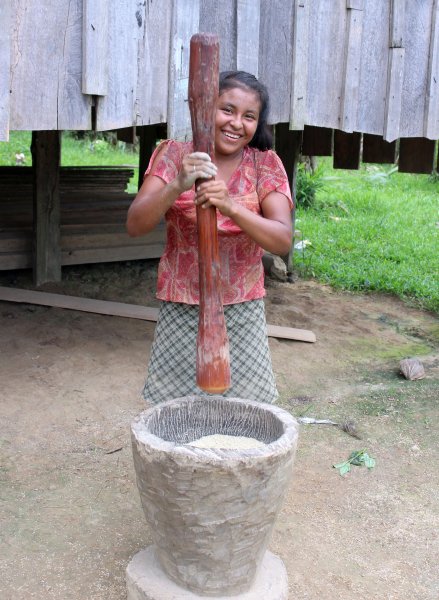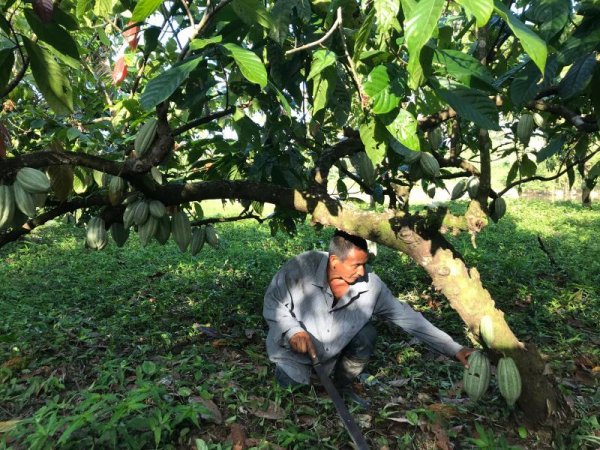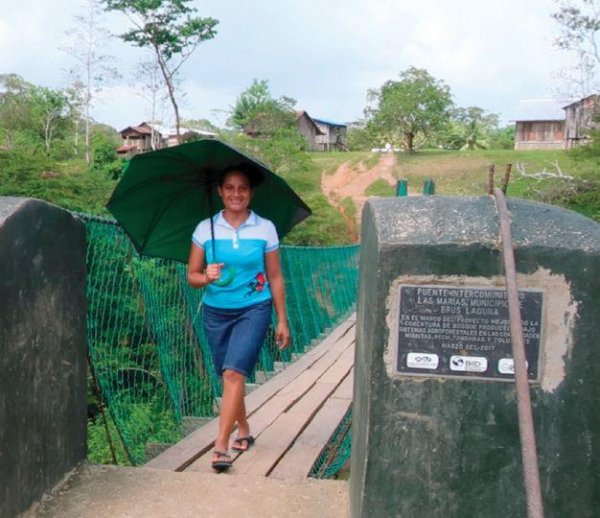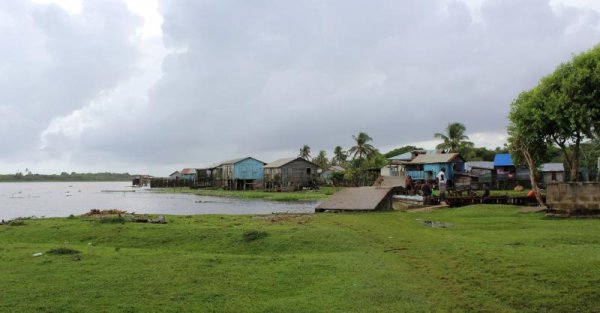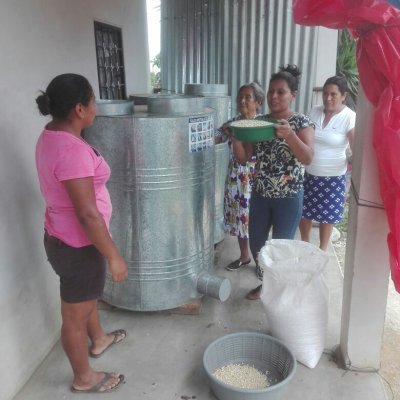GOAL closing gap between theory and practice in climate resilience
Under the Indigenous Peoples, Renewable Energy and Climate Change project financed by NDF in partnership with IDB, one of the implementing partners, GOAL, increased climate resilience in remote indigenous communities of La Moskitia, Honduras
There’s a lot of research done on climate resilience but what does this mean in practice for vulnerable populations whose lives and livelihoods are being increasingly threatened?
“Some of the methodologies are so complex that you would need a PhD just to understand them let alone actually apply them to a real community setting,” laments Bernard McCaul, Regional Director at GOAL for the Latin American, Caribbean region. To get around this, in 2016, GOAL aligned with NDF to look at practical ways to apply climate resilience programming at community levels.
Putting climate resilience into practice
In Honduras, in the context of accelerated climate change and a growing population, major disasters are becoming more frequent, with poorer communities finding themselves ddisproportionately affected. Indigenous people, in particular, can often become marginalized based on cultural or linguistic differences, or even just because they’re geographically remote. Also, due to climate change, environmental degradation and loss of indigenous knowledge and practices, many indigenous communities are exposed to new risks. The 100,000 people living in the isolated delta area of La Moskitia are a case in point.
Tucked away in one of the most remote areas of Honduras, McCaul describes La Moskitia as a kind of mini Amazon, where the houses are built on stilts above the delta, and only accessible by canoe or light aircraft.
In La Moskitia, McCaul’s team set out to understand some of the real-life events such as high category storms and flooding that were threatening these vulnerable communities. They also explored how trigger events could lead to secondary events, creating multi-hazard risk scenarios. For example, a major storm leads to a landslide, which can be followed by a disease outbreak.
“We didn’t just want to talk generically about resilience,” stresses McCaul. “It was very important to talk about resilience of whom and to what, and to understand what the principal risk scenarios are and how we could support communities to build resistance to those?”
A practical tool kit and survey questionnaire developed by GOAL called the Analysis of Resilience of Communities to Disaster was applied to assess resilience levels in communities belonging to the Tawakha, Pech, Miskito and Tolupan indigenous groups. This approach helped technical field staff identify two key areas for building resilience and achieving what McCaul calls “initial quick wins” for the communities. These were disaster preparedness and climate resilient farming.
Dealing with disaster
McCaul’s team chose not to use formal classroom style training approaches, they applied more practical approaches and were literally out in the fields, doing emergency drills and practical training courses in first aid and establishing and training local emergency response committees.
Early Warning and Response mechanisms were also put in place to empower people to act as their own first responders. Using local radio antenna and backup generators, the early warning response system operates within the national emergency structure together with municipal level two-way radio and word of mouth.
McCaul notes that local buy in for disaster preparedness was strong. “These people know that when the flood waters are rising and it’s time to leave, it’s the difference to their survival.”
Seeds of change
In agriculture, the team also looked at how key farming livelihoods could be made more resilient according to identified risk scenarios. McCaul neatly sums up the approach: “The idea was to combine local farming know-how with technical research in ways that would increase resilience and improve production.”
To start with the traditional practice in indigenous communities of slash and burn was no longer sustainable. Together with the farmers, the team explored new techniques for conservation farming and protecting soil quality.
At the same time, a warming planet is bringing outbreaks of certain crop diseases that previously hadn’t occurred. Farmers had to start looking at the genetics of the crops they were planting and seeking more climate resilient alternatives.
Climate change and chocolate
With the impact of global warning, crops that once thrived at certain temperature levels are no longer viable. As part of the shift to diversify crops, chocolate is making a good news comeback with the Miskito farmers and in other parts of Honduras. The quality of the Cocoa, which is native to Central America, is high, and production, which is pegged to growing demand from global markets, is scaling up.
Although this work in assessing vulnerability is ongoing at many levels. As McCaul points out, there still remains some lack of clarity in the dynamic between the indigenous people and state leadership. This is characterised in part by a general suspicion of the government’s agenda and the need for a better alignment of shared outcomes.
Nevertheless, McCaul sees the climate resilience work as a unique opportunity to actually address the root causes of vulnerability, which exacerbate the impact of natural disasters: “Resilience building can also bring about a transition from humanitarian response interventions to longer-term development programming and reducing dependency on aid,” he concludes.

